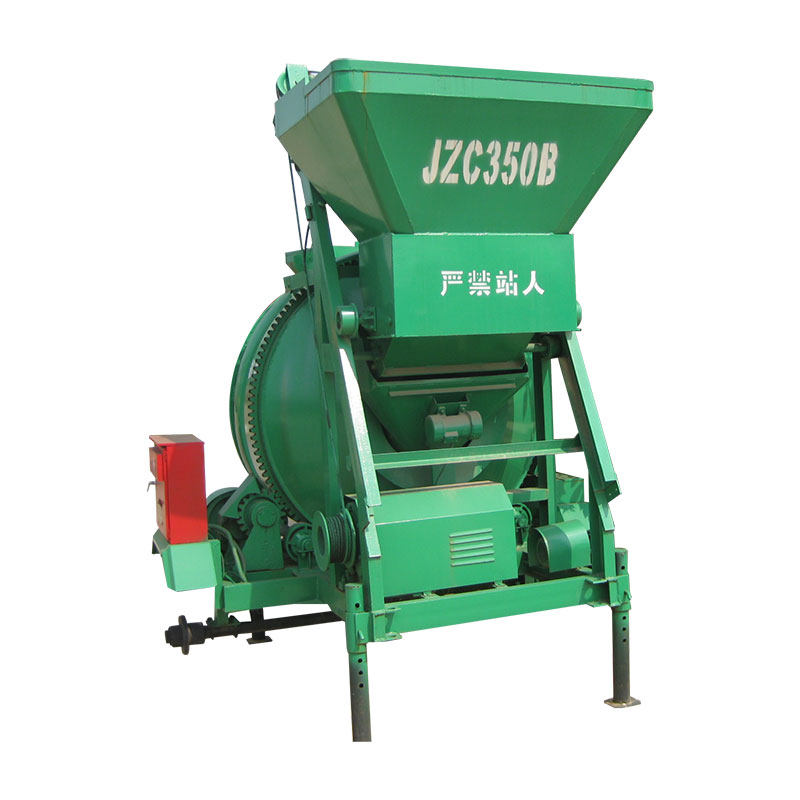Why Has Forced Concrete Mixer Become the Core Equipment of Modern Construction Industry?
2025-07-11
Forced Concrete Mixer is a core equipment widely used in modern construction production. Its core function is to efficiently and evenly mix various raw materials (cement, sand, stone, water and admixtures) to prepare concrete mixtures of consistent quality. Compared with traditional self-falling mixers, it relies on strong mechanical force to force the mixing of materials, rather than relying solely on the gravity of the materials to fall and mix, which brings significant advantages and characteristics:

Forced mixing mechanism: The core feature lies in its "forced" nature. It uses the mixing blades (or mixing arms) installed in the mixing drum to violently shear, squeeze, flip and mix the materials. Regardless of the fluidity of the materials and the proportion, the strong driving force forces all components to strongly collide and penetrate each other to achieve uniform mixing at the microscopic level.
High mixing efficiency and short time: With its powerful power and efficient mixing action, the forced concrete mixer can complete uniform mixing in a very short time (usually 1-3 minutes), greatly improving production efficiency and meeting the needs of continuous construction or large-scale production.
Excellent and uniform mixing quality: The forced action ensures that materials, especially concrete with high viscosity and low slump (such as dry hard concrete, high-strength concrete, fiber concrete) and special concrete containing admixtures or additives, can obtain extremely uniform and stable quality mixtures. The material particles are fully separated and wrapped, and the cement paste is evenly distributed, avoiding segregation and bleeding.
Strong adaptability: It has good adaptability to concrete of various proportions and properties. Whether it is plastic, low slump or even super dry hard concrete, or complex formulas with various fibers, special aggregates or chemical admixtures, forced mixers can effectively handle it, while self-falling types are prone to failure or uneven mixing in these situations.
Strong and durable structure: Its core components (such as mixing shafts, blades, and liners) are made of high-strength wear-resistant materials, and the structural design is compact and sturdy, which can withstand huge mixing resistance and has a long service life.
Quick and clean unloading: Usually equipped with efficient large-opening unloading devices (such as arc gates), the mixed concrete can be unloaded quickly and thoroughly in a short time, meeting the requirements of rapid construction and reducing residue.
With its powerful forced mixing ability, the Forced Concrete Mixer achieves high-quality and efficient concrete production. It is especially suitable for occasions with high requirements for concrete quality, large engineering volume, and the need to mix special or dry hard concrete. It has become an indispensable key equipment for modern mixing plants and large-scale engineering construction. However, correspondingly, its energy consumption and initial investment are usually higher than those of self-falling mixers.
























